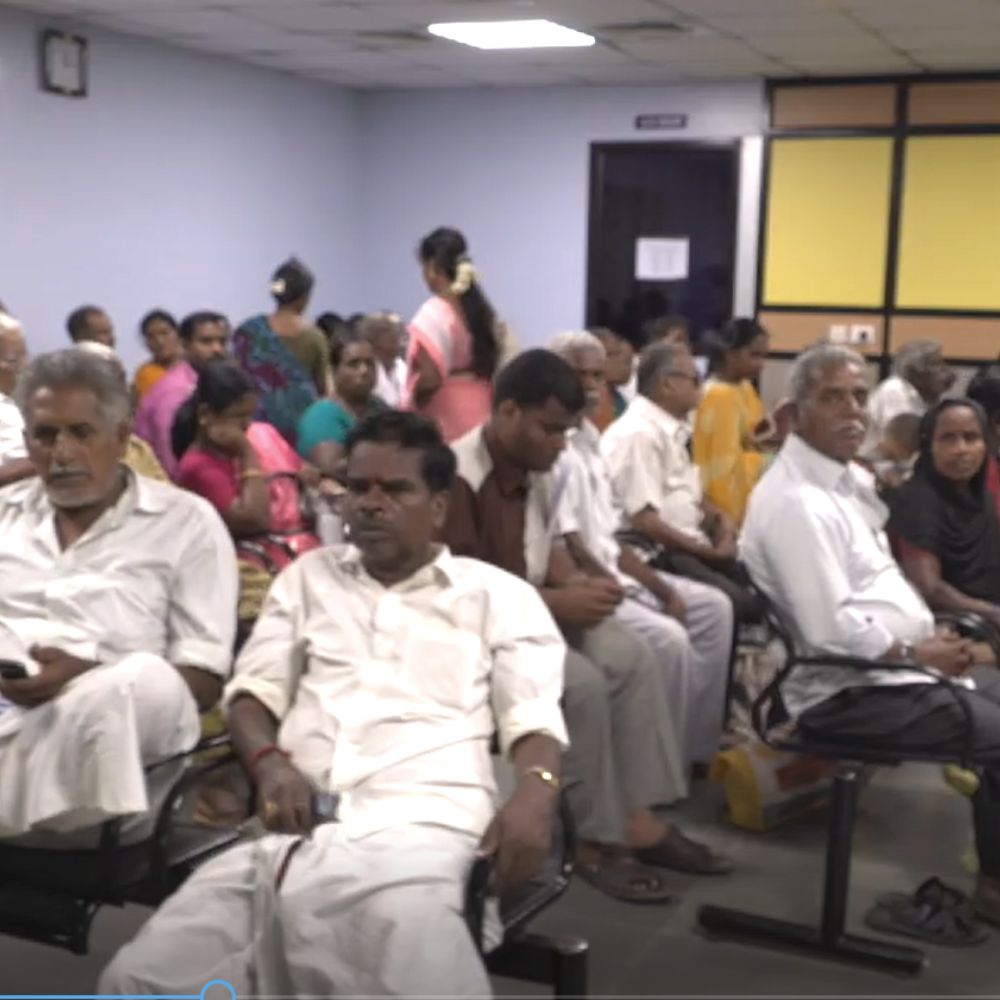
bio
Nazli is a former PhD Student in Management Science and Operations at London Business School.
Prior to starting her PhD at LBS, Nazli got her Bachelor of Science and Master of Science degrees in Industrial Engineering at Bilkent University, where she received the Academic Excellence in Master of Science Studies award.
Nazli’s research interests are in healthcare operations and green supply-chain management
contacts
https://www.nazlisonmez.com/Publications
Evidence from the first Shared Medical Appointments (SMAs) randomised controlled trial in India: SMAs increase the satisfaction, knowledge, and medication compliance of patients with glaucoma
Abstract
In Shared Medical Appointments (SMAs), patients with similar conditions meet the physician together and each receives one-on-one attention. SMAs can improve outcomes and physician productivity. Yet privacy concerns have stymied adoption. In physician-deprived nations, patients’ utility from improved access may outweigh their disutility from loss of privacy. Ours is to our knowledge the first SMA trial for any disease, in India, where doctors are scarce. In a 1,000-patient, single-site, randomized controlled trial at Aravind Eye Hospital, Pondicherry, we compared SMAs and one-on-one appointments, over four successive visits, for patients with glaucoma. We examined patients’ satisfaction, knowledge, intention-to-follow-up, follow-up rates, and medication compliance rates (primary outcomes) using intention-to-treat analysis. Of 1,034 patients invited between July 12, 2016 –July 19, 2018, 1,000 (96.7%) consented to participate, and were randomly assigned to either SMAs (NSMA = 500) or one-on-one appointments (N1-1 = 500). Patients who received SMAs showed higher satisfaction (MeanSMA = 4.955 (SD 0.241), Mean1-1 = 4.920 (SD 0.326); difference in means 0.035; 95% CI, 0.017–0.054, p = 0.0002) and knowledge (MeanSMA = 3.416 (SD 1.340), Mean1-1 = 3.267 (SD 1.492); difference in means 0.149; 95% CI, 0.057–0.241, p = 0.002) than patients who received one-on-one appointments. Across conditions, there was no difference in patients’ intention-to-follow-up (MeanSMA = 4.989 (SD 0.118), Mean1-1 = 4.986 (SD 0.149); difference in means 0.003; 95% CI, -0.006–0.012, p = 0.481) and actual follow-up rates (MeanSMA = 87.5% (SD 0.372), Mean1-1 = 88.7% (SD 0.338); difference in means -0.012; 95% CI, -0.039–0.015, p = 0.377). Patients who received SMAs exhibited higher medication compliance rates (MeanSMA = 97.0% (SD 0.180), Mean1-1 = 94.9% (SD 0.238); difference in means 0.020; 95% CI, 0.004–0.036, p = 0.013). SMAs improved satisfaction, learning, and medication compliance, without compromising follow-up rates or measured clinical outcomes. Peer interruptions were negatively correlated with patient satisfaction in early-trial SMAs and positively correlated with patient satisfaction in later-trial SMAs.
Shared Service Delivery Can Increase Client Engagement: A Study of Shared Medical Appointments
Abstract
Problem Definition: Clients and service providers alike often consider one-on-one service delivery to be ideal, assuming — perhaps unquestioningly — that devoting individualized attention best improves client outcomes. In contrast, in shared service delivery, clients are served in batches and the dynamics of group interaction could lead to increased client engagement — which could improve outcomes. However, the loss of privacy and personal connection might undermine engagement.
Practical Relevance: The engagement dynamics in one-on-one and shared delivery models have not been rigorously studied. To the extent that shared delivery may result in comparable or better engagement than one-on-one delivery, service providers in a broad array of contexts may be able to create more value for clients by delivering service in batches.
Methodology: We conducted a randomized controlled trial with 1,000 patients who were undergoing glaucoma treatment over a three-year period at a large eye hospital. Using verbatim and behavioral transcripts from over 20,000 minutes of video recorded during our trial, we examine how shared medical appointments (SMAs) — in which patients are served in batches — impact engagement.
Results: Patients who experienced SMAs asked 33.33% more questions per minute, made 8.63% more non-question comments per minute, and exhibited higher levels of non-verbal engagement across a wide array of measures (attentiveness, positivity, head wobbling or `talai taḷḷāṭṭam’ in Tamil — a South Indian gesture to signal agreement or understanding — eye contact and end-of-appointment happiness), relative to patients who attended one-on-one appointments.
Managerial Implications: These results shed light on the potential for shared service delivery models to increase client engagement and enhance service performance.
